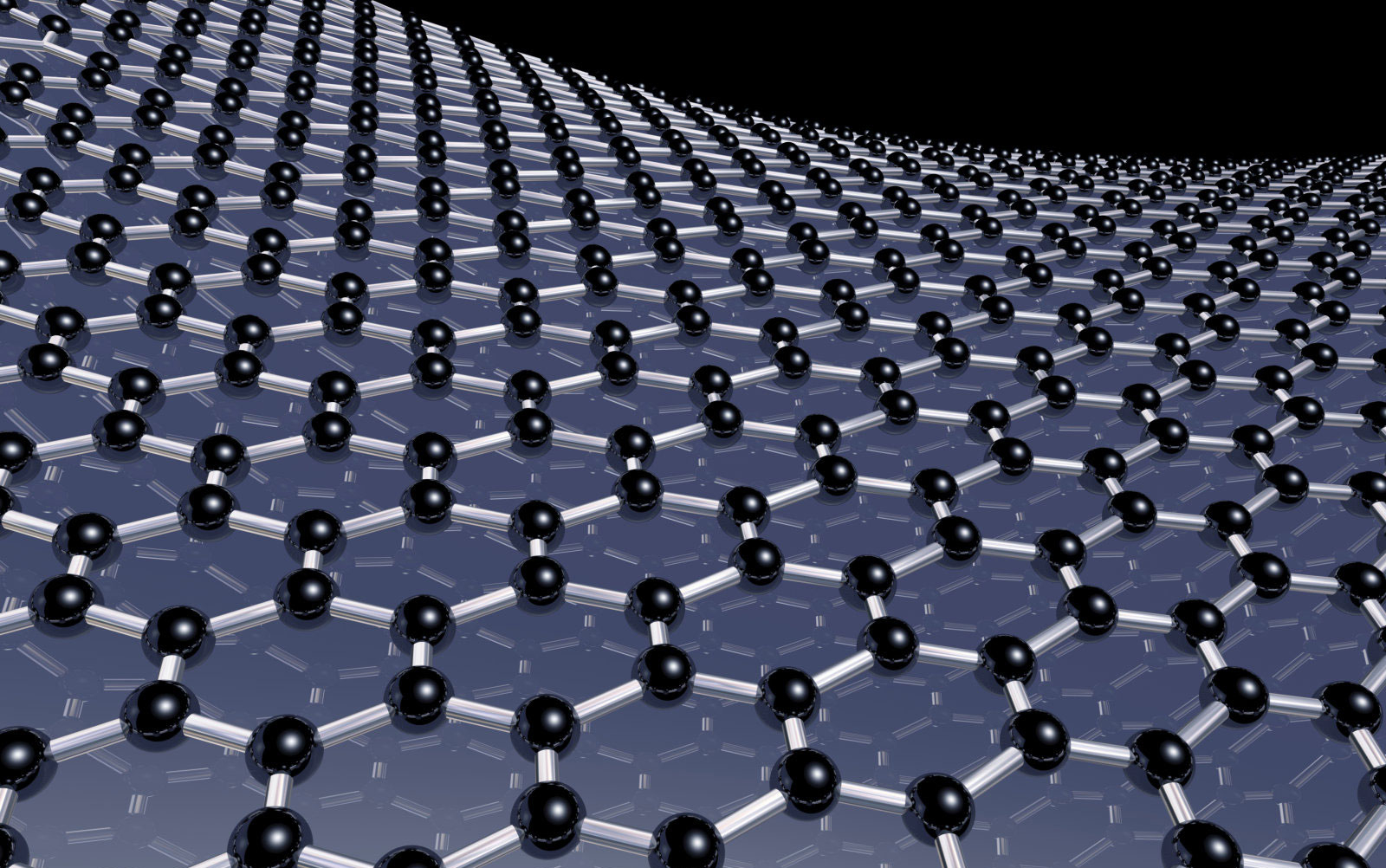A team at the University of Cambridge has discovered a method to transform graphene into a superconductor.

Typically, superconductors need to be cooled to exceptionally low temperatures to work effectively. However, in this discovery, the materials were left at the current temperature. While the project is still in its early stages, it has the potential to change the way we construct electronics forever.
Every material has a level of resistance that measures how hard it has to work to stop electricity from passing through it. For example, a copper wire has a rather low level, which is why it’s frequently used to build electronics and computers. Wood is at the other end of the spectrum, which is a primary reason why smartphones are not built from wood.
When a material meets electricity with any level of resistance, it’s required to fight from one end of it to the other. Think of running down a crowded hallway while everyone else is walking the other way. Trying to maneuver around elbows and bags causes you to expend energy. Similarly, this is what energy does in a wire, which is why our smartphones get warm. The bulk of wasted power is converted into heat.
Superconductors are like the hallway, but entirely empty, so you don’t break a sweat while walking down it. This is beneficial for the environment, as well as your energy bill. With a graphene superconductor, computer chips would no longer need heatsinks and fans, making them ideal for a quantum computer.
Superconductors are primarily used inside MRI machines and on MagLev trains but only develop their valuable properties when chilled down to rather low temperatures. So creating a superconductor that doesn’t require such extremes is a very powerful thing.
Scientists long believed that graphene had the potential to act as a superconductor but could not work out a method to initiate its ability. Prior experiments saw graphene “doped” with an existing superconducting material, which was not as efficient. This time, however, graphene was coupled to praseodymium cerium copper oxide, its own superconducting material.
Pairing graphene with praseodymium cerium copper oxide produced a p-wave form of superconductivity that could open up new paths for scientific research and engineering. Further tests and studies still need to be performed to verify graphene as a superconductor, but as far as we can tell, the future looks hopeful.
Source: Engadget
Advertisement
Learn more about Electronic Products Magazine





